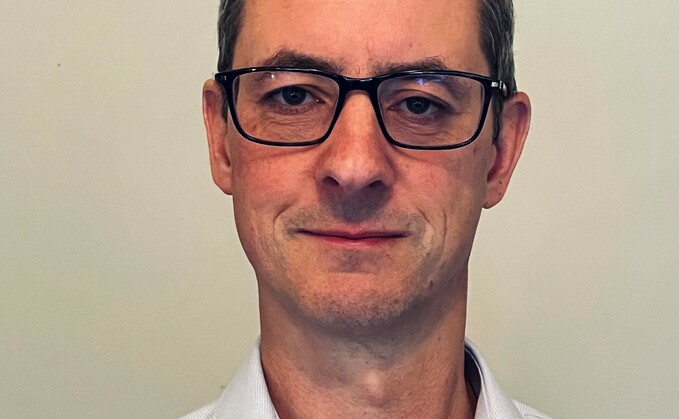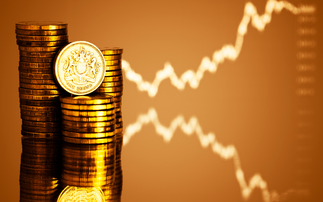
Francis: It has never been more important for schemes to think again about their portfolio construction
Volatility in UK assets, high inflation, risk of a policy misstep by central banks and recession, China’s zero Covid policies and Russia’s war in Ukraine have all contributed to an uncertain investment environment. Goldman Sachs Asset Management managing director Ed Francis asks where should pension funds turn?
In recent weeks, the Bank of England has taken unprecedented action to intervene in the gilt market as LDI funds have come under significant pressure. While gilt yields could well have peaked, with markets closely focused on the UK it cannot be ruled out that they may yet trend higher.
This is only the tip of the iceberg for pension schemes, which face volatility driven by divergence between fiscal and monetary policy, high inflation and the potential for a recession. In the United States, we are modelling a 35% probability of recession within the next 12 months.[i]
Meanwhile in Europe, countries looking to speedily shift away from Russian gas face major policy choices and potential disruption to energy output - with implications for markets too.
The net-zero transition is another mega trend affecting where capital flows. Our June 2021 Carbonomics research estimates the cost of green infrastructure needed to achieve net zero globally could be up to $56trn by 2050. Annual investment will therefore need to be c.$1.9bn per year, peaking at $2.9trn by 2036.[ii]
With such tectonic shifts underway, schemes face an uncertain set of conditions. This is likely to see returns continue to diverge by region and asset class, so pension schemes should think about adapting to deliver stable, consistent returns.
Guiding principles
Three key principles can help guide pension funds navigating this uncertainty:
-
- Only take the risk you need
- Genuine portfolio diversification
- Hedging for downturns
Limit risk
Some pension funds are racing to get to buyout stage quickly, but in doing so, they may be taking too much risk. Several UK pension funds have ended up in that position, seeking extra contributions from the sponsor to help them out of difficulty. With many sponsor companies themselves under pressure, this is an undesirable situation.
By prioritising certainty of returns, pension funds can lengthen their journey plan to reach full funding - balancing the needs of both scheme and sponsor for cash.
Diversify sources of return
Predicting returns on asset classes is difficult, so understanding the drivers of returns matters. Historic returns can largely be explained by common risks that cut across asset classes. In 2021, several asset classes delivered decent returns - supported by favourable conditions including loose monetary policy.
Now the investment context has changed, schemes need to identify less correlated sources of return. These include the emerging market growth premium, value, momentum, carry, convexity, interest rates and corporate growth.
Schemes should look beyond the traditional 60/40 portfolio. Alternatives could be a key means of capturing yield in the coming years. However, most alternatives tend to be illiquid - so it is vital to be mindful of schemes' liquidity needs.
Liquidity matters in the current market environment. The last few weeks have shown why this is the case as interest rates rose abruptly and higher levered schemes looked to sell liquid assets to recapitalise their LDI positions.
Hedge for downturns
Interest rate and inflation risk hedging are now widely adopted by schemes. These risks should be hedged out as best as possible but without taking on excessive leverage. Currency risk should also be kept in check.
In an inflationary environment, schemes need to keep an eye on how the inflation sensitivity of their liabilities is changing relative to the asset hedge in place - rebalancing if needs be.
Understanding and managing tail risks is also key. During various crises and shocks over the past three decades, global equities fell in all these periods. While bonds and diversifying exposures have typically acted as a buffer, the level of protection delivered has not been the same during each crisis including current market turmoil.
We prefer strategies that can add to returns in a range of market environments, using options to address and capitalise on macroeconomic interest rate risk, equity volatility and cyclical currencies. For pension fund clients, we look to hold assets that both perform well in a crisis and do not tend to suffer during calmer conditions.
Given the volatile market environment and range of risks set against the need for pension funds to deliver stable, consistent returns, it has never been more important for schemes to think again about their portfolio construction.
Ed Francis is managing director of the UK fiduciary management business of Goldman Sachs Asset Management







